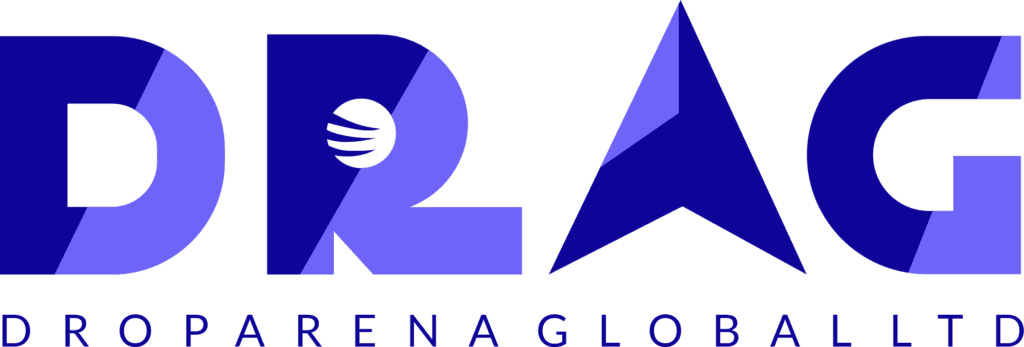In today’s fast-paced digital landscape, speed is everything. When potential customers visit your website, they expect a seamless and speedy experience. Studies show that a one-second delay in loading time can lead to a 7% reduction in conversions, while 40% of users abandon a website that takes more than three seconds to load. If you want to keep your customers engaged and boost sales, optimizing your website’s speed is essential. Here are some effective strategies to enhance your site’s performance and why it matters for your bottom line.
1. Optimize Images
Images can significantly affect your website’s loading speed, especially if they are not optimized for web use. Large image files can slow down your site dramatically. Here’s how to optimize them:
- Compress Images: Use tools like TinyPNG or ImageOptim to reduce file sizes without losing quality.
- Use the Right Format: JPEG is great for photographs, while PNG works better for graphics with fewer colors. Consider using SVG for logos and icons for crisp resolution and smaller file sizes.
2. Leverage Browser Caching
Browser caching stores some data on users’ devices, so they don’t have to reload the entire site on each visit. By enabling caching, returning visitors will experience faster load times, which can enhance user satisfaction and increase the chances of conversion.
- Set Expiration Dates: Configure your cache to set expiration dates for certain elements, ensuring that users receive updated content without reloading everything each time.
3. Minify CSS, JavaScript, and HTML
Minification involves removing unnecessary characters (like spaces and comments) from your code without affecting its functionality. This process reduces file sizes and improves loading speeds.
- Use Minification Tools: Utilize tools such as UglifyJS for JavaScript, CSSNano for CSS, and HTMLMinifier for HTML to automate this process.
4. Use a Content Delivery Network (CDN)
A CDN distributes your website’s content across various servers worldwide. When users access your site, the CDN serves content from the nearest location, reducing load times significantly.
- Choose a Reliable CDN: Consider options like Cloudflare, Amazon CloudFront, or StackPath to enhance your site’s speed and reliability.
5. Optimize Your Hosting Solution
The type of hosting service you use can greatly impact your website’s performance. Shared hosting might be economical, but it often leads to slower speeds due to resource sharing with other sites.
- Consider Upgrading: If your website is growing, consider upgrading to a Virtual Private Server (VPS) or dedicated hosting for improved performance and resources.
6. Reduce Redirects
Redirects can slow down your site by creating additional HTTP requests. Each redirect adds to the loading time, so minimizing them can improve performance.
- Audit Your Site for Redirects: Identify and eliminate unnecessary redirects to streamline the user experience.
7. Monitor and Optimize Performance Regularly
The digital landscape is constantly evolving, and so are the best practices for website speed. Regularly monitor your site’s performance using tools like Google PageSpeed Insights, GTmetrix, or Pingdom.
- Set Up Alerts: Use monitoring tools to notify you when your website experiences performance drops, allowing for quick resolutions.
Why Speed Matters for Sales
A fast-loading website is not just about aesthetics or user experience; it has direct implications for your sales. Here’s why speed should be a priority:
- Improved User Experience: Faster websites provide a better user experience, leading to higher customer satisfaction and loyalty.
- Lower Bounce Rates: Users are less likely to leave your site if it loads quickly. A lower bounce rate indicates a higher likelihood of conversion.
- Better SEO Rankings: Google considers page speed as a ranking factor. A faster website can lead to improved search engine rankings, increasing your visibility and driving more traffic.
- Increased Conversion Rates: A speedy site enhances the likelihood of visitors completing their purchases. With each second you shave off loading times, your conversion rates could improve dramatically.
In conclusion, boosting your website’s speed is a critical investment that pays dividends in user satisfaction, search engine rankings, and ultimately, sales. By implementing the strategies outlined in this article, you can create a faster, more efficient website that attracts and retains customers, leading to increased revenue. Don’t underestimate the power of speed; it could be the difference between a visitor and a loyal customer.
Are you ready to tap into the power of a fast website for your business growth? Contact us at DRAG to learn how we can help you leverage analytics for success. Don’t forget to follow us on Twitter and LinkedIn for more insights into maximizing your digital presence!

